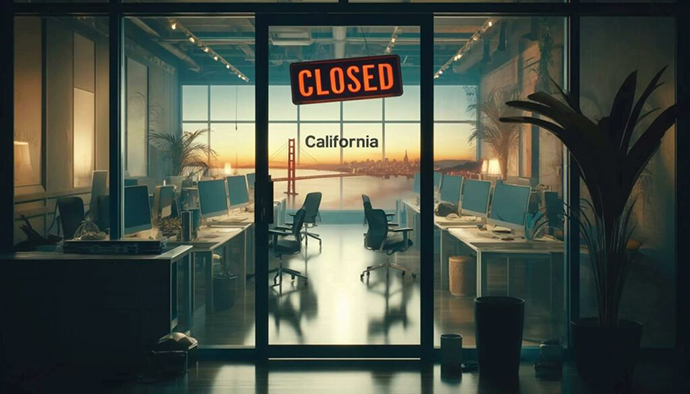Today we’re exploring photography and NFTs.
With the news that Associated Press is launching an NFT marketplace, this sector of NFTs is getting interesting.
- The AP is a big name in photojournalism. Can their new marketplace improve distribution & revenue?
- Music NFTs are getting big. Will photography follow suit?
- Now that everyone in the world has a camera in their pocket, can photographers stay relevant in the face of growing ubiquity?
As a hobby photographer, I’ve been asking these questions and went looking for answers.
This issue is packed with many photos. All of them have attribution, but none of them have been paid for 😄
Let’s go 👇
Table of Contents
Photography is becoming worthless
Let’s get something straight off the bat: photography is increasingly worthless.
Now, if you’re a photographer, this statement probably bothers you. I know it bothers me a little, but it’s true. Most photography has little to no external value, and it’s no secret why.
Since “camera phones” (boy, that phrase feels absurd to say) hit the market, the number of photos created has exploded. Most aren’t very good, but it doesn’t matter. Everyone in the world is a photographer now.
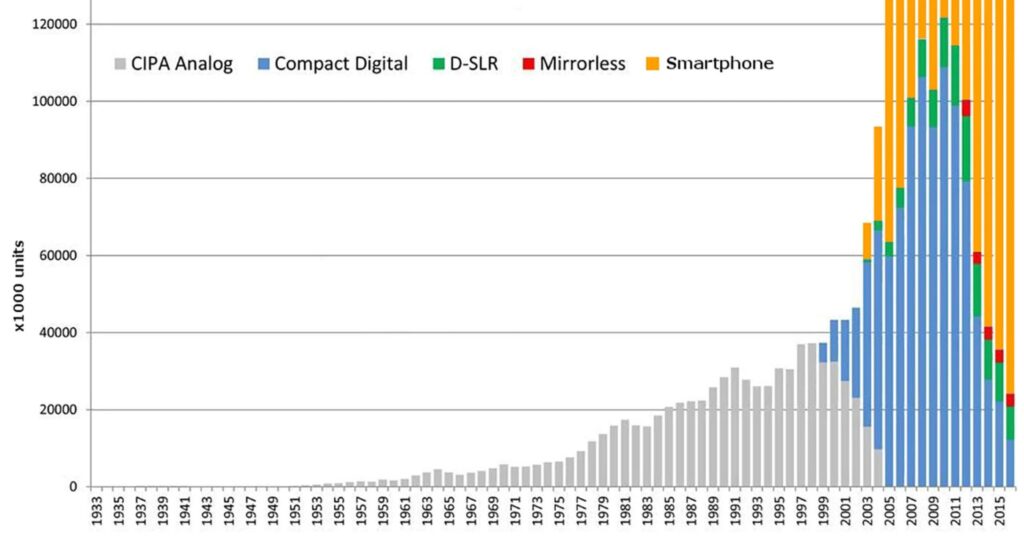
Photography is now the world’s easiest art form to learn. Not everyone has the time, patience, or desire to learn how to play the guitar, write a book, or paint with oil. But everyone can tap a button, add a few filters, post it online, and feel like a pro. That’s a good thing! But it also means the demand for paid photography isn’t anywhere close to the supply.
Some say photography is an endangered art form. I beg to differ. I believe the “Instagram effect” has made millions of people appreciate photography like never before. Since everyone’s a photographer, they can easily judge effort and results.
But photography as a viable career? Oh yeah. That’s getting tough.

Before we go any further, let’s talk about how photographers today earn a living (or don’t).
On one hand, there have never been more avenues for photographers to show off their work, get noticed, and get paid. But like so much else in the “ownership” economy, the actual payouts aren’t much.
The first port-of-call is royalties from stock photo sites. Platforms like iStock, Adobe Stock, Shutterstock, and 500px (more on this later) accept freelance photographs from pretty much anyone. (There’s some vetting, but it’s not rigorous. You gotta be over 18 and prove you’re not a robot.)
Stock photos are purchased by websites, publications, blogs, and businesses — usually for one-time commercial use. Images are also sold with lifetime rights, but this costs a lot more and rarely happens.
The main issue is that each site hosts tens of millions of photos, so having yours selected is needle-in-a-haystack type stuff. Having a niche is critical to standing out.

Even if you do manage to sell the license to an image, it’s not exactly life-changing money. I’m always excited when I get an email from 500px, notifying me that one of my photos has sold! 🙌
But then I open the email and want to cry:

Most stock images sell for $0.60 – $1.00 for single-use. So, to make the average annual wage in the US, photographers need to sell around 62k images a year, or 170 per day.
In reality, most photographers are lucky to sell one or two photos a week.
On rare occasions, a business will swoop in and buy lifetime rights. The difference between selling one-time and lifetime rights is massive — about 45x greater. I guess they figure the average working life of a photographer is 45 years? 🤷

Okay, so these payouts aren’t big.
But NFTs & Web3 are going to change everything, right?
Will NFT photography change the game?
Digital rights management
When NFTs first hit the mainstream, I felt photography was the optimal use case.
Digital rights management has been a pain for photographers for decades. Technically, using someone else’s unlicensed image without permission is against the law.
However, laws are only as good as our ability to enforce them, and enforcing copy protection & permissions online is a nightmare. Solutions exist, but it’s an expensive, uphill battle.
So I figured this new NFT technology seemed to offer some hope. Instead, we got pixelated punks and computer-generated squiggly rainbows. Compared to digital art and music, NFT photography is off to a slow start.
Cutting out the middleman
But we’re still early. One of the unstated goals of NFTs is to help improve the lives of artists. The concept of a “starving artist” is hardly new. Musicians, designers, and photographers exist in oversupplied markets with difficult-to-access revenue streams.
In reality, the promise of NFTs isn’t in the (small) possibility of selling for millions of dollars; it’s in cutting out the middleman. Removing the Adobes and iStocks from the equation would give photographers new ways to sell their products directly to fans.
Don’t get me wrong — this won’t be easy. Photographers will need to find creative new ways to add value, including:
- Giving early supporters benefits
- Creating their own tokens, tradable on secondary markets
- Hosting in-person trips
- Baking royalty logic into the smart contracts
- Creating unique collections instead of 1/1 drops

Just like they’ve done with digital art, NFTs could change the way people value photos and ultimately put power back into the hands of photographers.
The right-click problem
However, there is still the problem of ‘right-click-save.’
I know you’ve done it, and clearly so have I. Anyone who has used the Internet is guilty of this.
2.5 billion photos are stolen every day. On paper, this adds up to around $500 billion in damages daily — a number so high it’s effectively meaningless.
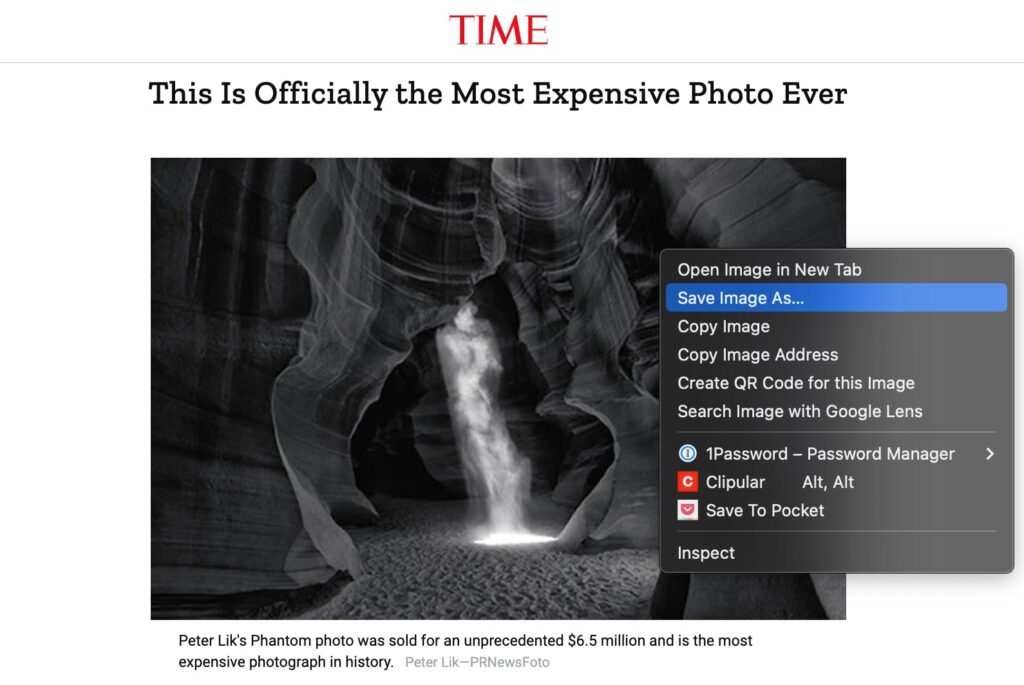
Publishers have been crying foul, so Google has adjusted how it displays photos through Google Image Search. They now bake metadata into images, including the photographer’s name and website details. You may have also noticed they recently removed the ‘view image’ button, as this made illegal downloads way too easy.
However, these surface-level adjustments have done little to stop the bleeding, and I don’t see how NFTs can solve this. People can easily go onto an NFT marketplace, take a screenshot, or straight-up download an image.
Ultimately, fighting online image theft is like fighting against the Internet itself. The problem hasn’t gone away and probably never will.
The bot problem
There’s also the issue of bots.
Bad actors have developed trawlers that source random images from the Internet and automatically mint them as NFTs, without the original artist even knowing 😲
Opensea and other platforms have been cracking down on this a little bit (hooray for centralization!) But their system isn’t really designed to help artists out. Fraudsters can end up profiting substantially from someone else’s work, with the original photographer completely oblivious to what has happened.
NFT lawsuits
Sure, NFTs can help with proof of ownership. Since NFTs are immutable, the creator and sale history are stored on the blockchain forever. This means if you catch someone stealing your photo for commercial use, it would be marginally easier to sue them.
NFT copyright lawsuits are certainly growing. But they’re costly and have so far mostly been battles between corporate giants.
- In May 2021, Hermés sued artist Mason Rothschild over Birkin Bag NFTs.
- In Nov 2021, Miramax sued Quentin Tarantino after he tried to auction scenes from his handwritten Pulp Fiction script in the form of NFTs.
- In June 2021, Roc-A-Fella Records sued Damon Dash when the co-founder attempted to mint and sell Jay-Z’s album Reasonable Doubt as an NFT (lol, what?)
- Last month Nike sued StockX for illegally minting NFTs of Nike footwear without permission
We haven’t seen many NFT photography lawsuits yet, but give it time. Copyright violations could crash the NFT party.
In the meantime, photographers’ best defense against piracy may be the trusty ol’ watermark.
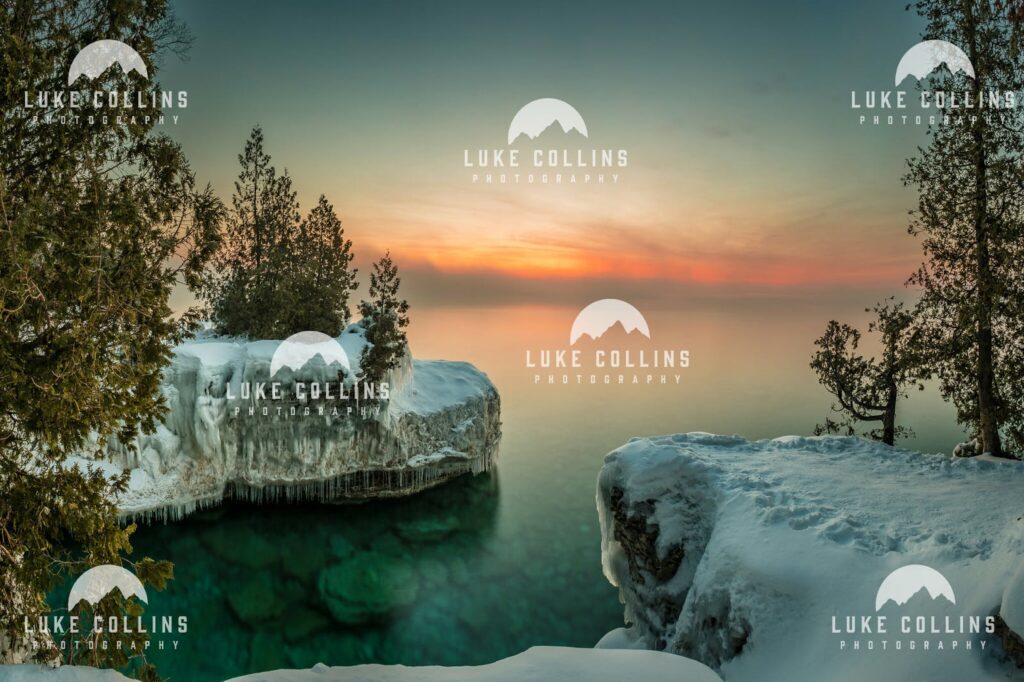
These are all very significant issues that stand in the way of legitimizing NFT photography. That said, I don’t want to appear too bearish on the matter.
Ideas are powerful, and a new digital copyright revolution may be on the way. In fact, minting photography may provide more of an incentive to actually purchase a photo instead of just downloading it.
While NFTs won’t prevent people from downloading photos as they please, the ever-evolving utility that comes with owning an NFT offers a compelling solution to the piracy problem.
Photography NFT platforms
OpenSea
OpenSea.io is the big dog when it comes to anything NFT related. The platform boasts $170 million in daily trading volume, and is home to the widest assortment of NFTs on the Internet.
And it’s quality stuff, too. One of my favorites is The Cuba Series by OVECK. A group of photographers took a series of shots that look like they’re straight out of a 60s film. And they’re well-priced, too.
The biggest reason to use OpenSea is also its biggest downfall. It has the most active investors (owning a whopping 97% of the market share), so more people are likely to spend money on your images. However, it also hosts the most NFTs, so there’s way more competition.
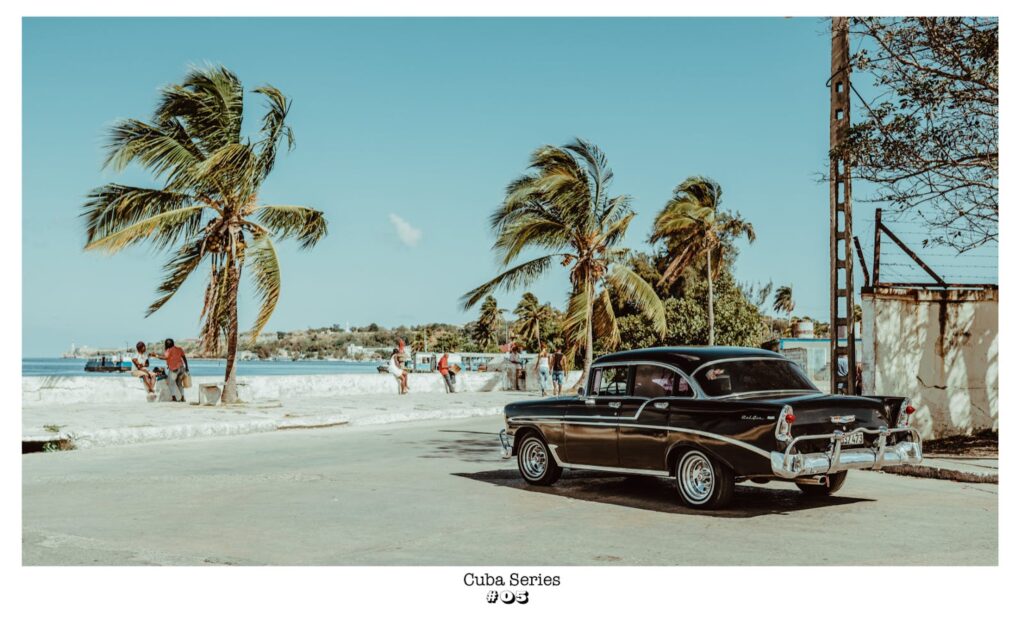
500px
500px is one of the world’s most popular photography communities.
In 2018 they partnered with Getty Images, the world’s largest professional photography market. All qualified images (the criteria is strict!) are uploaded to Getty, giving photographers access to a wide distribution level never before possible.
A few months ago, 500px announced they are creating their own NFT marketplace called Vault. This represented the most serious effort by a mainstream photography company to break into the world of NFTs, until AP’s announcement. More on that below.
Details are sparse, but this looks to be a natural transition for a company that allows photographers to license their images and earn 60% in royalties.
Quantum Art
Quantum.art heralds itself as the first-ever platform solely focused on photography.
The business is run by the aforementioned Justin Aversano, who rose to fame after selling his Twin Flame #49 NFT — a touching photo depicting a woman mourning the loss of her twin sister.
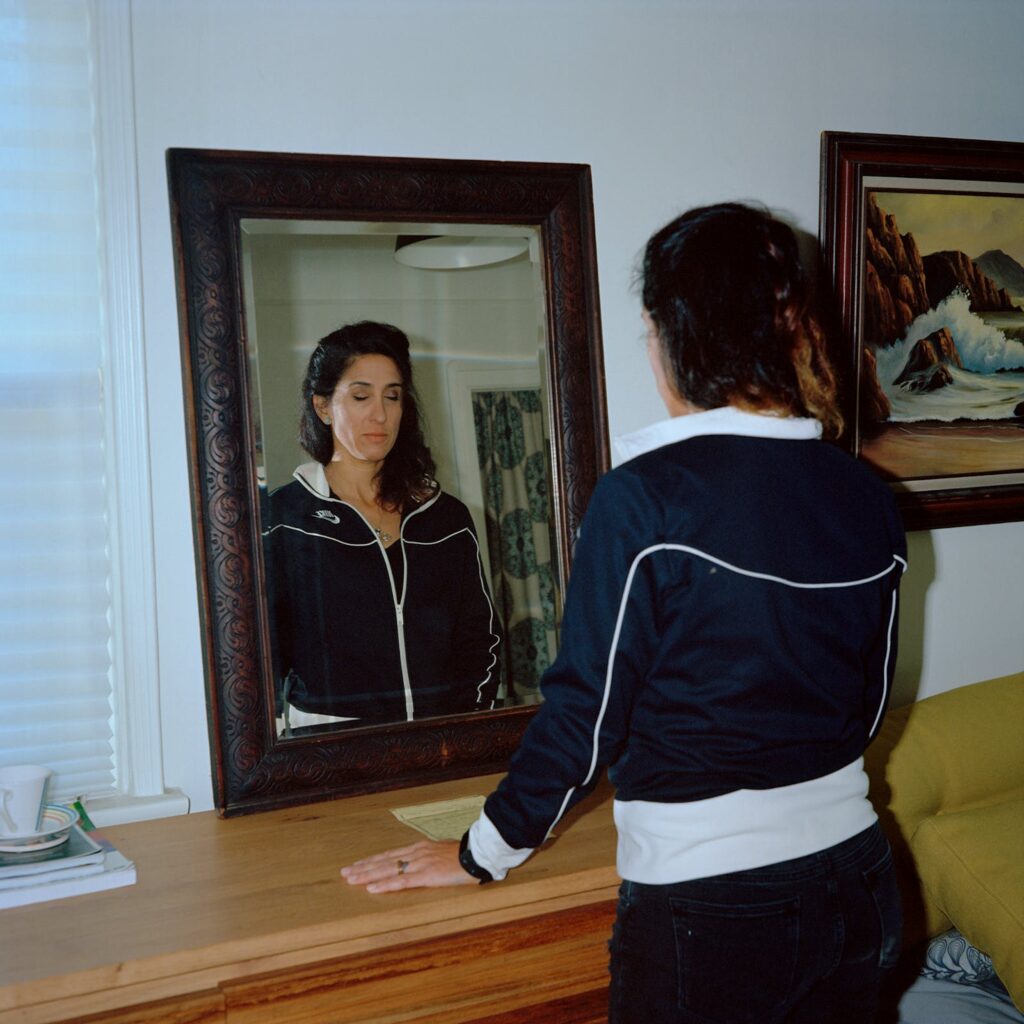
To fully gain access to the website, you need to buy a Quantum Key. This will set you back 1 ETH – a pretty hefty admission fee.
Quantum isn’t geared towards independent photographers minting their images. It’s more like a gallery. Artists can submit their photos to the platform, and the community votes on which ones they think deserve a spot in the marketplace.

RawDAO
RawDAO isn’t a platform. It’s essentially a Discord that curates and purchases photography NFTs.
Funds are held in the DAO’s treasury. They’re used to empower NFT photographers through incentivizing interaction, participating in governance and spreading the word on social media.

Interestingly, the proceeds from Justin Aversano’s sale of Twin Flames #49 were actually donated to RawDAO. The DAO plans to reinvest this money back into its family of photographers.
Origin Story
Unlike generic marketplaces where anyone can list anything as an NFT, Origin Story is a white label marketplace that works with creators to launch bespoke marketplaces with custom branding. Creators benefit from white label marketplaces, as it can strengthen their community and allows users to view analytics on all NFTs within the collection.
Origin Story has worked with artists like 3LAU, Paris Hilton, Trevor Jones, and BT to launch their NFT collections. With a veteran team of web3 engineers, the team offers white-glove services to help creators bolster their photography, PFP, and music NFT marketplaces.
Street Dreams Cafe
Street Dreams Cafe was one of the first art and photography-focused NFT marketplaces built on the Solana blockchain.
Most other marketplaces are built on Ethereum, known for its high gas prices, which can demolish any prospective returns for a small-time artist.
The advantage of Street Dreams Cafe is that Solana’s gas fees are usually well under a penny, compared to the $70–300 dollars it can cost to mint on Ethereum.
Unfortunately, the website is still pretty clunky. Navigating to the ‘Artwork’ tab consistently brings up a blank page, and it’s unclear if independent photographers can even submit their images for curation.

Associated Press
AP’s marketplace for NFTs has received bigger press than everyone else.
Built on Xooa and using Polygon’s blockchain, the marketplace went live barely a month ago but is already off to a poor start.
Three weeks after launch, they came under fire for attempting to sell a video of Mediterranean asylum seekers, which critics found insulting and tone-deaf. They apologized and promised the NFT would not be put up for auction.

As of this writing, only 15 images are listed via the community. It remains unclear if AP’s marketplace will allow independent photographers to submit their photos for consideration.
Prominent NFT photographers
Some NFT photographers making a big name for themselves include:
- Reuben Wu, whose Field of Infinity project includes pieces selling for over 27 ETH
- Alejandro Cartagena, who photographed construction workers being transported from the Northern suburbs of his hometown of Monterrey, Mexico,
But while there’s a huge range of fantastic photographers, artists, and creatives that we could look at, I want to take this opportunity to give a shoutout to a Ukrainian NFT photographer who goes by the name USleepWalker 🇺🇦
Usleepwalker, or ARTYOM FΞDOSOV, is a Ukrainian photographer who travels around the world to capture the essence of different cultures and countries. He has the ambitious goal of minting an NFT photo from every single country.
Of course, the sad reality is that his own country’s very existence has now come under serious threat. In February, he embarked on a holiday to Kazakhstan to continue growing his portfolio of NFT images. He hasn’t been home since.
With his credit cards not working, Artyom (like many other Ukrainians) has turned to cryptocurrency to survive. The NFT photography community has leaped to his aid, buying his images on OpenSea and LooksRare.
To return the favor, Artyom has put up an image of Kyiv taken from his balcony for auction. It shows the city in a beautiful light, before being stricken by invasion. He just announced he plans to donate proceeds from the sale to support the Ukrainian Army and war victims.
If you would like to participate, you can check out his photograph on Opensea.
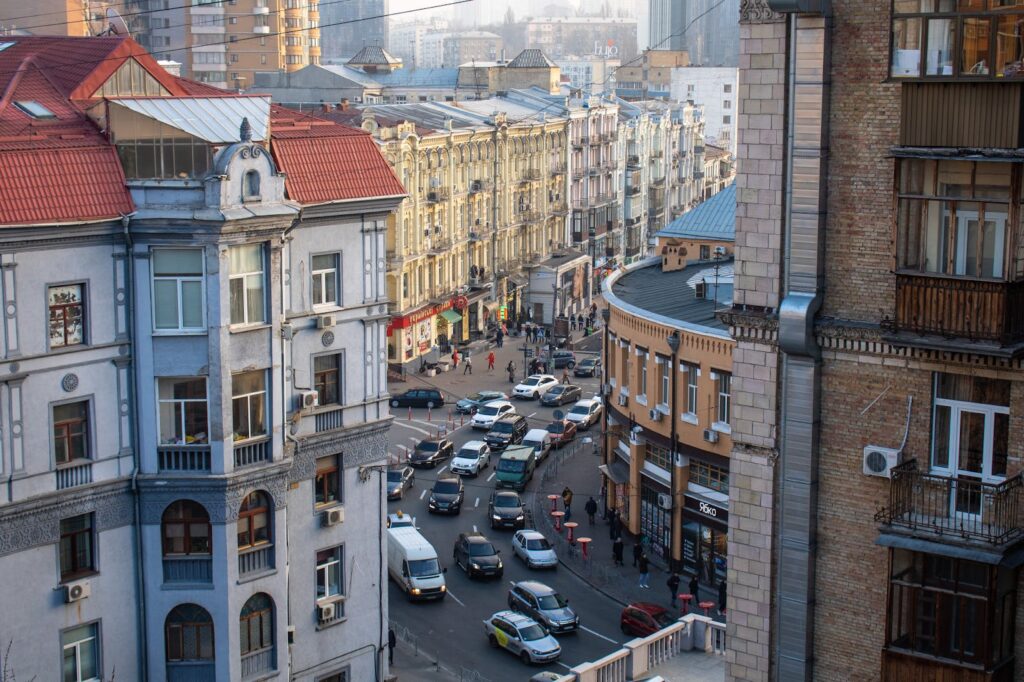
Conclusion
Being a freelance photographer is a tough gig. The profession isn’t extinct, but it’s definitely endangered.
Copyright and uneven distribution of wealth are problems that NFTs are trying to address, but these issues precede the blockchain. Everyone’s a photographer now, and immutability isn’t going to stop image theft.
Like with music NFTs, the NFT photography market shows great promise for those who already have a strong following. When looking at the top-selling images on OpenSea, only one photographer in the top 10 has under 40k followers on Instagram or Twitter.
Sure, now you can sell directly to your fans and keep 95% of the revenue, but small-time photographers will still face the same distribution problems they always have.
However, NFT photography is packed with ideas that could truly revolutionize the industry. NFTs don’t provide straightforward solutions, but they do offer an alternative way to provide utility to fans. That’s a big deal, and I think it’s the best you can ask for.
If there’s one thing we’ve learned over the past few months, it’s the raw power of blockchain crowdfunding. As we’ve seen with photographers like Artyom Fedosov, the potential for good within NFT photography, and humanity as a whole, is becoming crystal clear.











